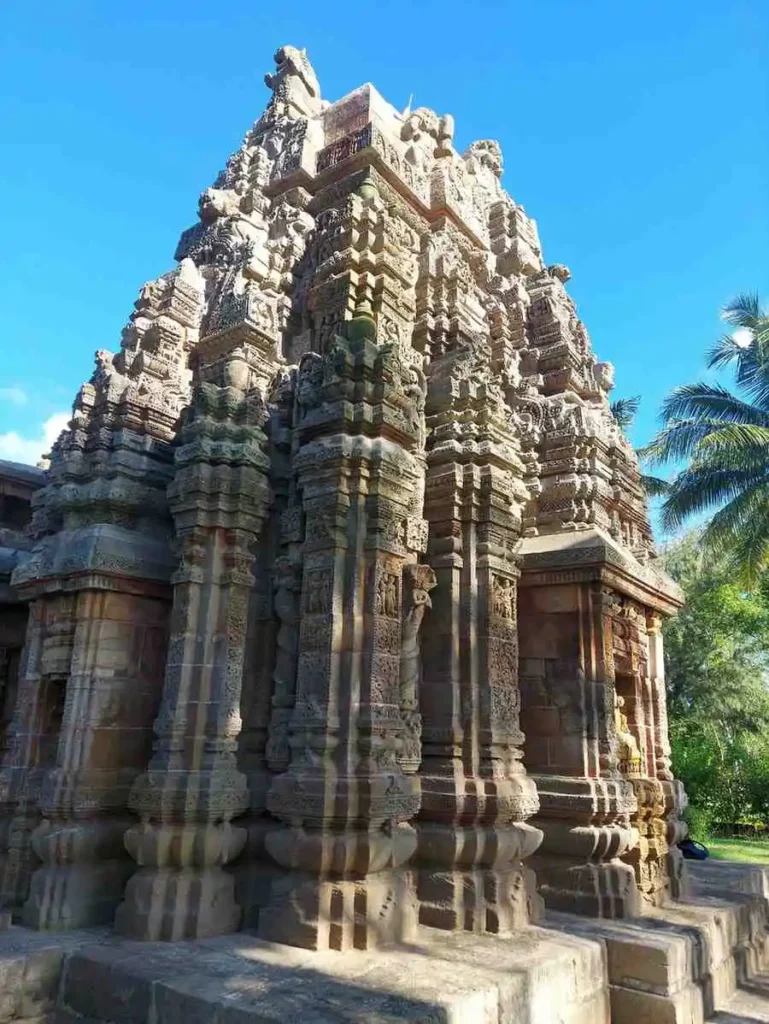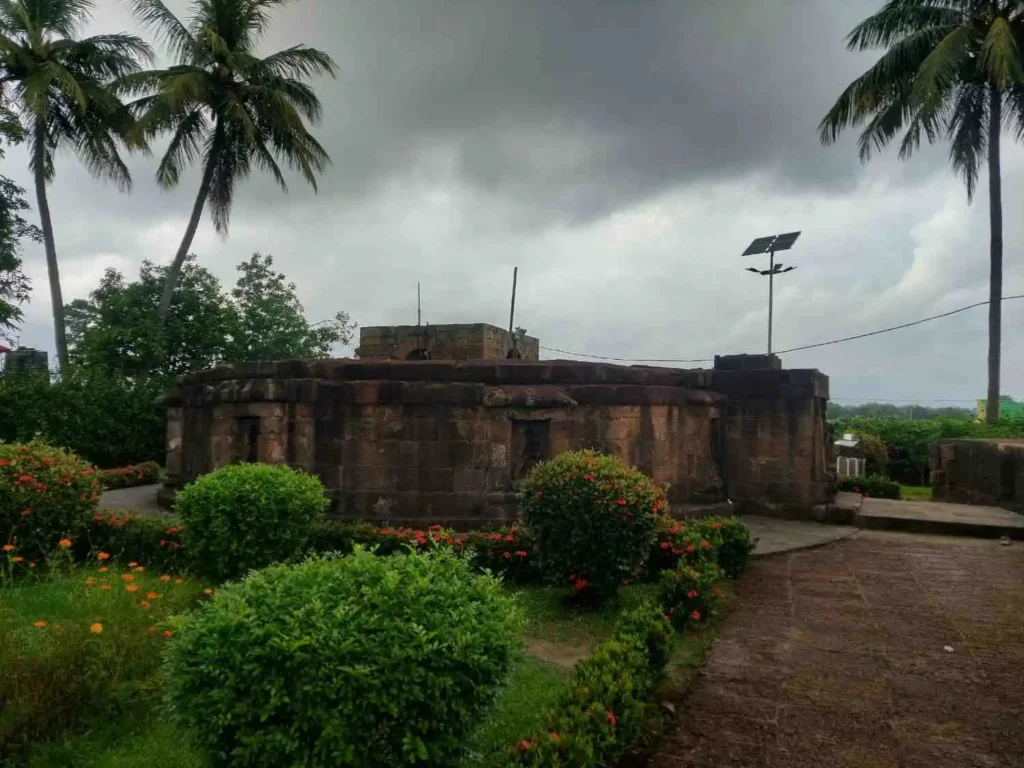
Table of Contents
Nestled in the serene village of Chaurasi in Odisha’s Puri district, the Varahi Temple offers more than just a place of worship — it reveals a sacred tapestry of architecture, feminine energy, and long-forgotten spiritual traditions. This temple doesn’t merely stand; it embodies Shakti, channels Tantric mysticism, and reflects Vaishnav symbolism, all carved into one majestic stone structure beside the banks of the Praci River.
If you admire India’s spiritual diversity, ancient temple architecture, or divine feminine traditions, you’ll find this destination truly enriching.What Makes the Varahi Temple of Chaurasi So Unique?

Who is Goddess Varahi?
Varahi is not just another goddess in the Hindu pantheon. She embodies the fierce Shakti of Lord Varaha, the boar incarnation of Vishnu. Known for her potent and sometimes terrifying presence, Varahi actively represents the primordial feminine energy — the womb that holds the universe.
In Chaurasi, she is worshipped in her Matsya Varahi form — a boar-faced deity with a divine woman’s body, holding a fish in one hand and a skull bowl (kapala) in the other. She is shown seated in Lalitasana with a large belly — symbolizing Bhugarbha Parameswari Jagaddhatri, or the cosmic mother who holds all creation within her.The Architecture: A Rare Khakhara Marvel

Sculptural Highlights:
- To begin with, erotic motifs appear above the Parsvadevata niches — hinting at Tantric Kaula practices
- Additionally, reliefs from the Ramayana, including Sita’s abduction and Rama’s exploits
- Furthermore, images of Ganesh, Surya, and possibly Bhairava suggest a harmonious co-existence of Saiva, Vaishnav, and Tantric traditions
The Rituals and Worship Practices
Varahi is a Ratri Devata — a goddess of the night. She is typically worshipped after sunset and before sunrise. According to Parsurama Kalpasutra, the most auspicious time to worship her is at midnight. This aligns with her Dhumra Varahi form, associated with deep Tantric rituals.
Interestingly, the temple also houses an image of Surya (Sun God), which might seem contradictory at first. But in Vaishnavism, Surya is seen as Surya Narayana, a form of Vishnu, and since Varahi is the consort of Varaha (a Vishnu avatar), the inclusion of Surya makes symbolic sense.
Location and How to Reach
The Varahi Temple stands in Chaurasi village, about 9 miles from Gop, on the road to Kakatpur, in Odisha’s Puri district. The temple rests near the Praci River, offering visitors a peaceful spiritual escape.
You can reach the temple in the following ways:
- By Road: Take local buses or hire taxis from Bhubaneswar or Puri
- Nearest Railway Station: Travel to Puri station
- Nearest Airport: Fly into Bhubaneswar (Biju Patnaik International Airport)
Why Visit Varahi Temple Today?
People Also Ask
1. Who built the Varahi Temple in Chaurasi?
2. What is the architectural style of the Varahi Temple?
3. Why is Varahi depicted with a boar face?
4. Do Tantric rituals link to the temple?
5. Are there other Varahi temples in Odisha?
Preserve and Promote this Living Heritage
Are you planning a spiritual journey across Odisha? If so, make sure to add Varahi Temple to your itinerary! Additionally, share this blog to spread awareness about India’s lesser-known spiritual treasures. Finally, tag us on your Varahi Temple visit using #SacredOdisha #VarahiTemple!


